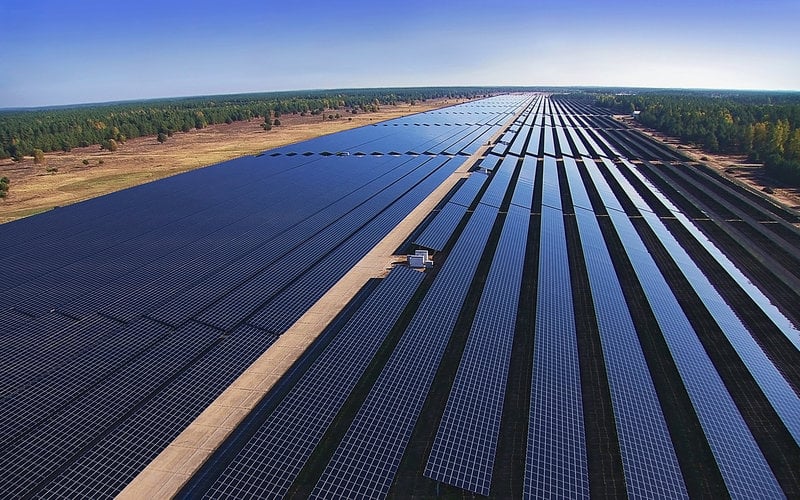
The European solar sector has defied expectations to record its second-best year ever for deployment, according to a new study from trade association SolarPower Europe (SPE).
Despite the setbacks of COVID-19, Europe’s solar market grew by 11%, adding 18.7GW of installations – making 2020 the strongest growth year for solar in the continent since 2011.
Unlock unlimited access for 12 whole months of distinctive global analysis
Photovoltaics International is now included.
- Regular insight and analysis of the industry’s biggest developments
- In-depth interviews with the industry’s leading figures
- Unlimited digital access to the PV Tech Power journal catalogue
- Unlimited digital access to the Photovoltaics International journal catalogue
- Access to more than 1,000 technical papers
- Discounts on Solar Media’s portfolio of events, in-person and virtual
The association’s EU Market Outlook for Solar Power shows that Germany added the most capacity this year, with 4.8GW, taking its total installed solar up to 54.6GW, by far the largest operating fleet in the European Union (EU). SPE notes that the country’s PV market has been boosted by a “tried and tested regulatory scheme” as well as solar’s steadily improving cost competitiveness.
In second place is the Netherlands, which installed 2.8GW of additions, an increase of 23% on 2019, with the country’s commercial rooftop sector representing the biggest segment.
Having topped last year’s list, Spain dropped to third in 2020, with 2.6GW of new solar installations, the majority of which came from power purchase agreement-based systems, making the country “probably the world’s largest market for subsidy-free solar”, the report says.
SPE said the biggest surprise on the EU’s solar map is Poland, which installed 2.2GW in 2020, more than double its capacity from last year. The backbone for the rise of solar in the country is said to be self-consumption founded on a favourable policy net-metering/feed-in framework for prosumers. Rounding out the top five is France, which added 945MW and crossed the 10GW total capacity threshold.
Top five EU solar markets 2020
| Country | 2020 capacity additions (GW) | Total installed capacity (GW) |
|---|---|---|
| Germany | 4.8 | 54.6 |
| The Netherlands | 2.8 | 9.2 |
| Spain | 2.6 | 13.3 |
| Poland | 2.2 | 3.6 |
| France | 945MW | 10.9 |
“It has been a difficult year for all sectors, and so it is very positive to finish 2020 with such a clear endorsement for solar power,” said Walburga Hemetsberger, CEO of SolarPower Europe. “Despite the impact of COVID-19, solar has not only grown, it has thrived, proving it to be a resilient, predictable and secure technology where other energy sources failed.”
SPE said the “surprisingly positive” 2020 for the EU solar sector will be followed by four years of even stronger demand in the association's medium growth scenario, which it divides into two phases. A catch-up phase of more than 20% growth will see projects being built after they were delayed or cancelled due to the pandemic but are offered new opportunities, mainly through incentives from economic stimulus funds. Then, a more moderate phase, involving 13-14% growth in 2023/24 is forecasted to be driven by customers attracted to solar’s potential to reduce their energy expenses and improve sustainability.
Michael Schmela, executive advisor and head of market intelligence at SolarPower Europe, said that despite the positive figures this year, there is still room for the sector to improve. “While our market projections show that this double-digit growth will continue over the next four years, the delays in development caused by COVID-19 mean that we need to work even harder next year to maintain this momentum.”







